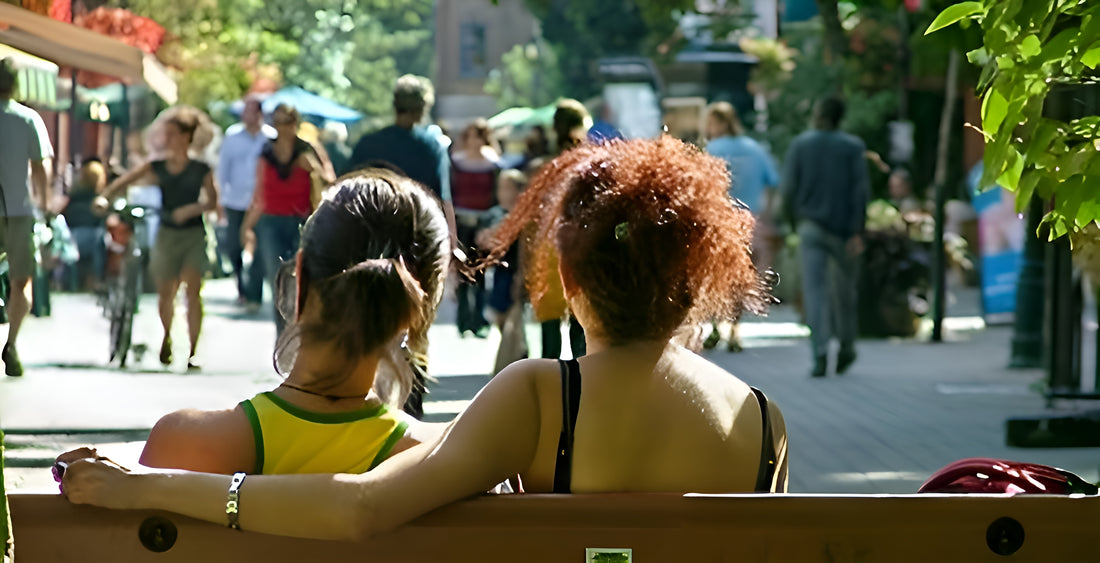
The Lost Art of People-Watching: Rediscovering Human Connection in a Digital Age
Share
“I saw a guy today at a coffee shop. He had no smartphone, tablet, or laptop. He just sat there drinking coffee and watching people; like a psychopath.”
My mom is a people-watcher, or she was, she doesn’t go out much anymore because the world is on fire but growing up in the ‘90s before smart devices rewired, or rather replaced, our brains people used to engage with their immediate surroundings and acknowledge when other people in the world, and I know it’s an unthinkable concept but even people we may not know, where physically around them. I, for one, miss those days, because if given the opportunity, people will test their boundaries by treating others as poorly as possible before remeasuring and retesting those boundaries. And this is exactly how we misuse the internet, and the shortcomings of social media. People-watching sustained healthy interactions.
People watching—also known as ‘urban exploration’ or ‘street observation,’—is an art of observing people in public places. It involves studying an individual’s behavior, interactions, and mannerisms out of interest or enjoyment. The activity is often considered a leisurely pastime for many, offering a glimpse into the diverse lives of others. People-watching gained popularity throughout the latter half of the last century. It provides a kind of existential curiosity about human behavior and social dynamics. Observing people in various settings such as parks, cafés, bars, and streetside can be entertaining and enlightening. I inherited my mom’s interest in people-watching, especially since I enjoy community settings, and sincerely dislike smart devices. People are fascinating. We are a people that are similar and yet so different in the way we think, act, and react to various conditions. I think it’s incredible. People-watching may offer insight into who we are and give us a different perspective on our relationships, for those who care because many people don’t (and that is equally as fascinating to watch).
Despite its intellectual and emotional value, people-watching has faced criticism from people who argue that it violates an individual’s privacy (I guess in the same way that simply leaving your house violates your right to privacy). Some people view people-watching as intrusive and unethical, observing others without consent. And if the act of people-watching involved spying on others behind closed doors, I would agree however it emphatically does not. People-watching is about acknowledging the people around you: their behaviors and how people relate to others and their surroundings. It might be delicate, but don’t be creepy and it’s not intrusive. Since the beginning of the new millennium, the popularity of people-watching has declined. Several factors contribute to this trend, including the increased use of smart devices, which distract individuals from observing their surroundings (and themselves). As a result, the art of people-watching is slowly becoming a lost pastime, overshadowed by modern distractions and societal changes. I think humanity will be the poorer for it.
As I reflect on the art of people-watching, I cannot help but think about the wisdom that it offers. In a world where screens dominate our attention, people-watching invites us to be aware of the human experience, in all its beauty and complexity. Observing others grants insight into ourselves and our place within the intricate web of human relationships; some people think people-watching is intrusive, but it's an act of empathy and understanding. As my mom taught me, people-watching is not about invading privacy, rather it is about acknowledging our shared humanity. So, put down your devices and rediscover the joy in the simplest moments—a smile, a laugh, a gesture of kindness, and not necessarily between you and another but between others. These small moments remind us of our connection to each other and the world around us.